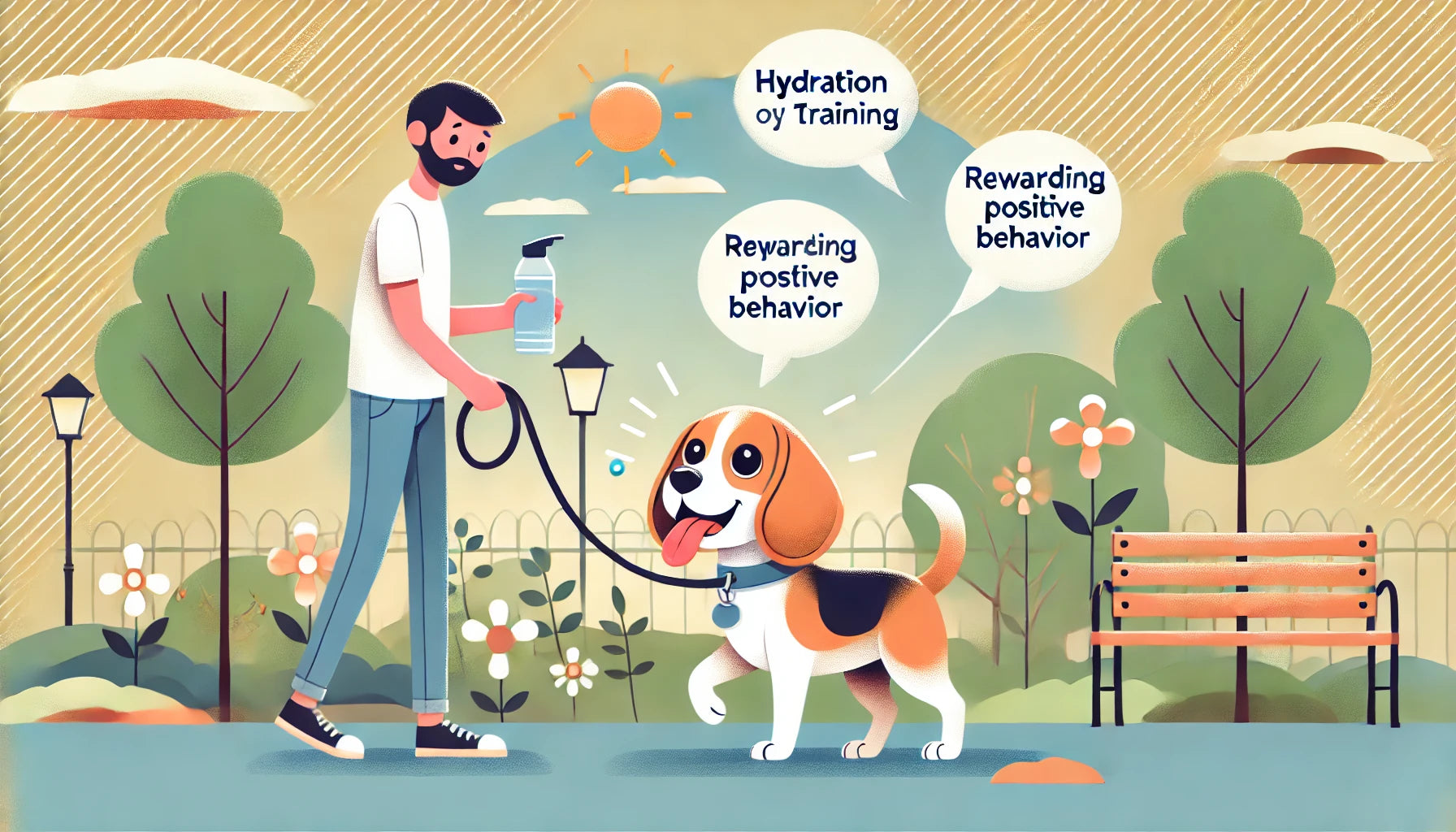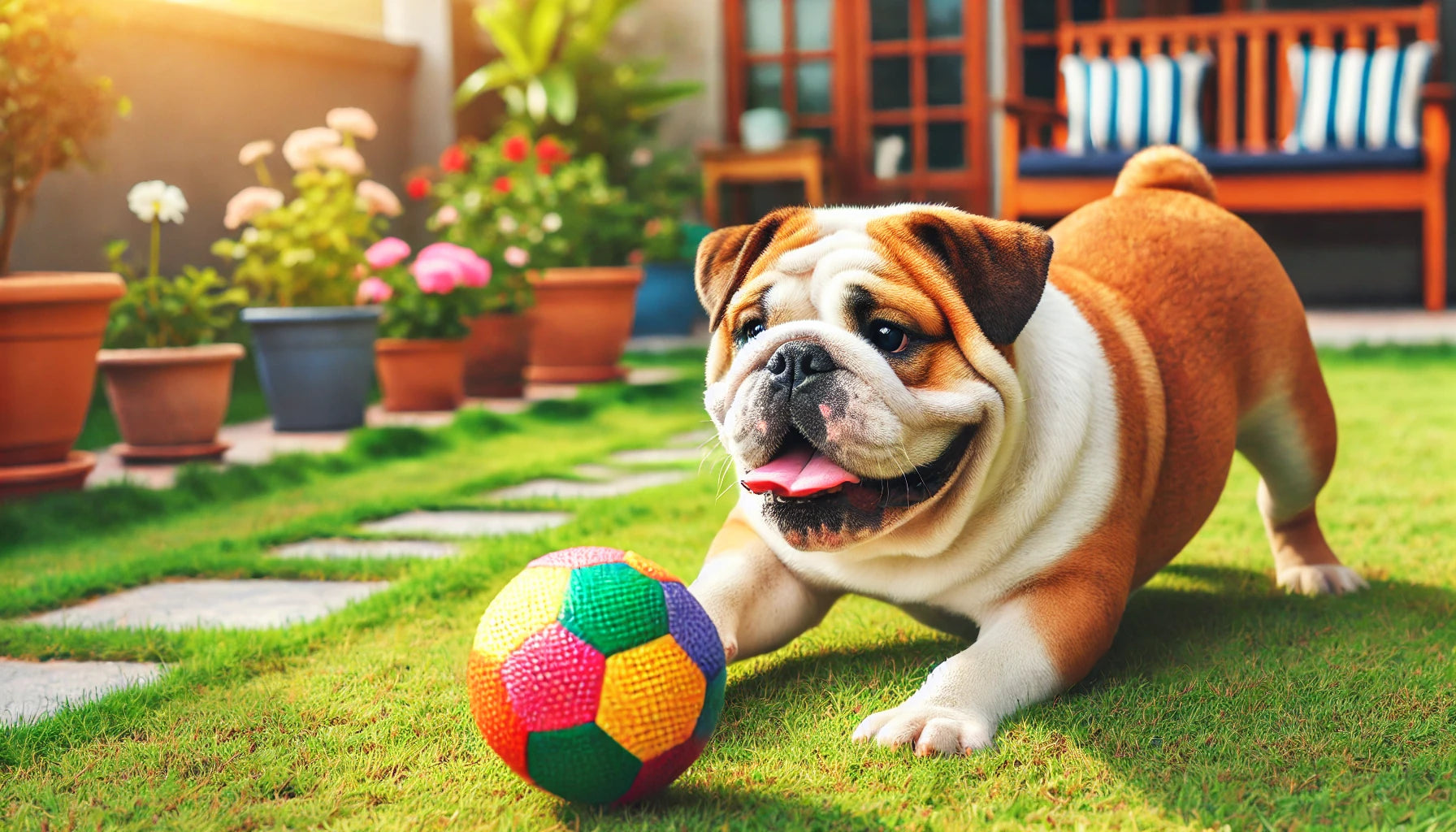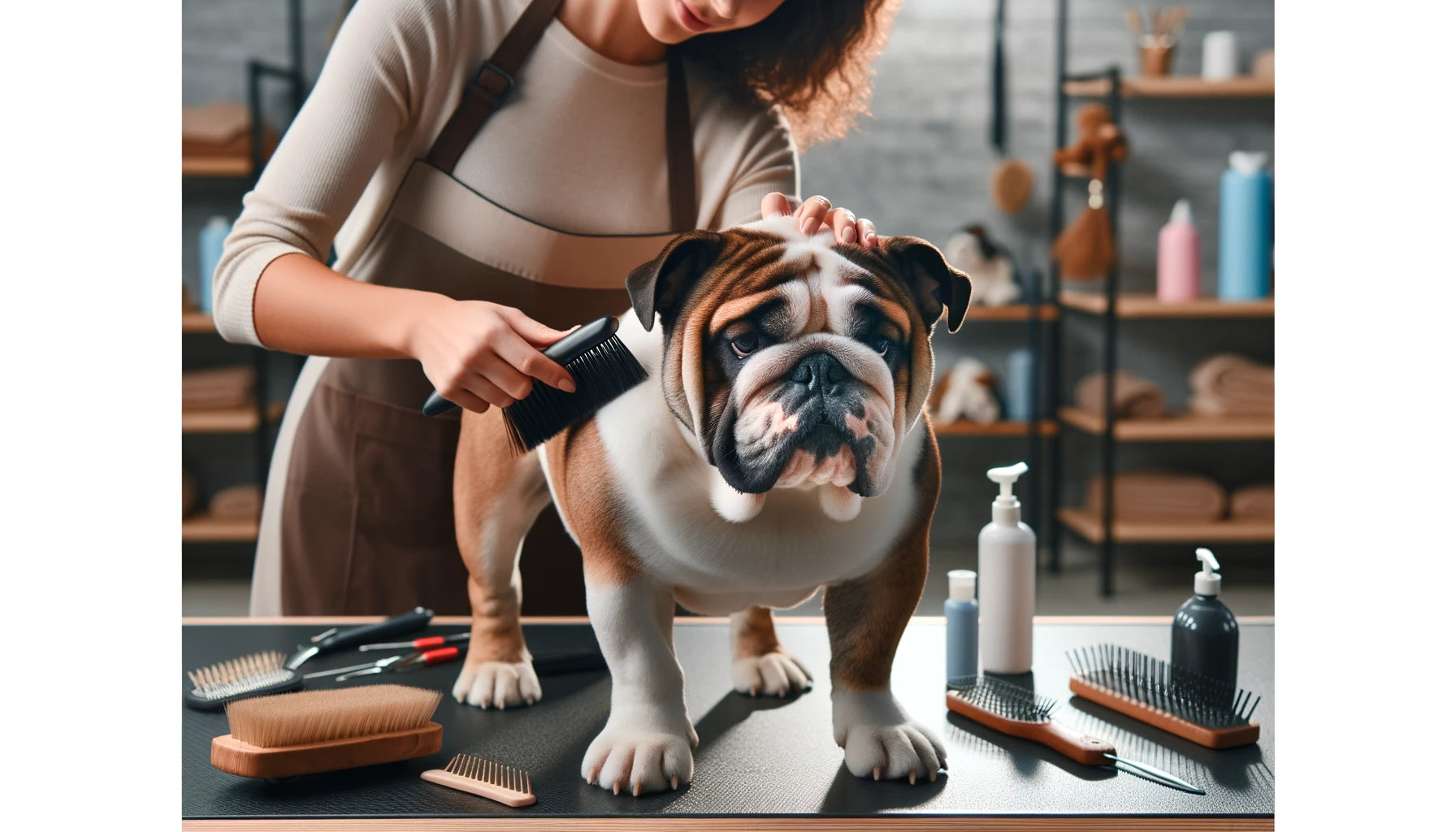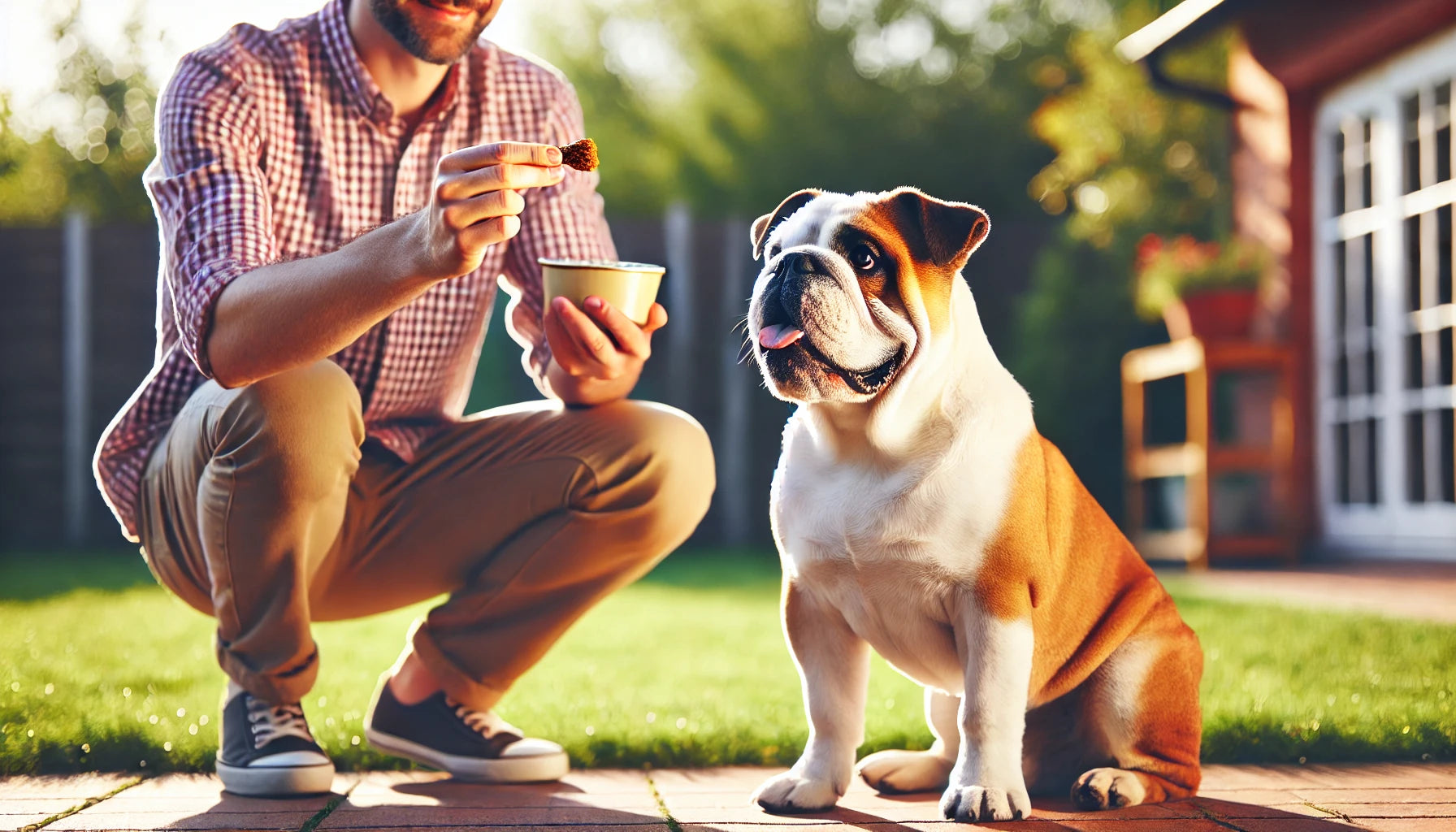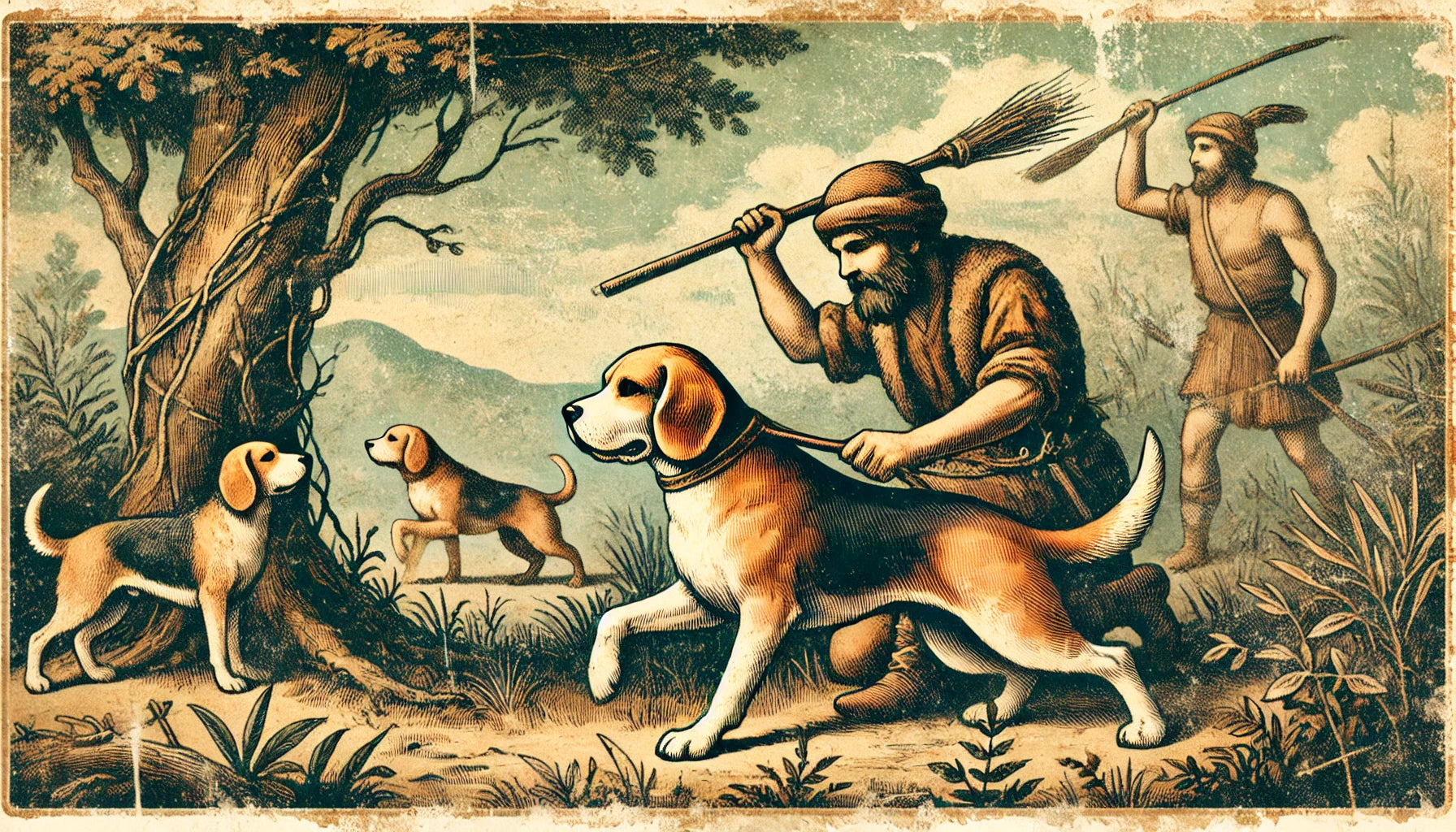What Are Anal Glands in Dogs?
Anal glands, also known as anal sacs, are small glands located on either side of a dog’s anus. These glands produce a strong-smelling fluid that dogs use for marking territory and communicating with other dogs. While they serve an important purpose in the animal kingdom, anal glands can sometimes become impacted, infected, or overfilled, leading to discomfort and more serious health issues for your dog.
In this blog post, we’ll cover everything you need to know about dog anal glands, how to spot signs of anal gland problems, treatment options, and when to seek veterinary care. Understanding how to care for your dog’s anal glands can help prevent issues and ensure your dog stays comfortable and healthy.

What Are Anal Glands and What Do They Do?
Anal glands are small, pea-sized sacs located at approximately the 4 o’clock and 8 o’clock positions around your dog’s anus. These glands secrete a liquid that has a strong, unique smell, which is why dogs often sniff each other’s rear ends when they meet. The scent produced by these glands helps dogs mark their territory and communicate with other dogs.
Normally, when a dog has a bowel movement, the pressure of passing faeces helps express the glands, releasing the fluid naturally. However, in some cases, the glands may not empty as they should, leading to issues like impaction, infections, or abscesses.
Signs of Anal Gland Problems in Dogs
Anal gland issues can be uncomfortable and even painful for your dog, so it’s important to recognise the signs early. Common symptoms that indicate your dog may be experiencing anal gland problems include:
-
Scooting
- One of the most noticeable signs is when your dog scoots or drags their rear end across the floor. This is usually a sign that they are trying to relieve discomfort or pressure caused by full or irritated anal glands.
-
Licking or Biting the Rear End
- Dogs with anal gland issues may frequently lick or bite the area around their anus in an attempt to soothe irritation or pain.
-
Foul Odour
- If you notice a particularly strong, fishy smell coming from your dog’s rear end, it could be due to overfilled or leaking anal glands.
-
Swelling or Redness
- The area around the anus may appear swollen, red, or inflamed. In some cases, you might notice a small bulge near the glands if they are impacted or infected.
-
Difficulty Defecating
- Dogs with anal gland problems may strain or have difficulty passing stool, and they may show signs of discomfort when doing so.
-
Blood or Pus
- If the anal glands become infected or abscessed, you may notice blood or pus around the anus or on your dog’s bedding.
If your dog shows any of these symptoms, it’s important to address the issue promptly to prevent further complications.
Common Anal Gland Problems in Dogs
Several issues can arise with your dog’s anal glands, including impaction, infection, or abscess formation. Here’s a closer look at the most common anal gland problems:
-
Anal Gland Impaction
- Impaction occurs when the anal glands become overfilled and are unable to empty on their own. This can happen if the fluid becomes too thick, or if the glands are not expressed naturally during bowel movements. Impacted glands can cause discomfort, swelling, and lead to more serious issues if not treated.
-
Anal Gland Infection
- If the glands remain impacted for too long, bacteria can accumulate inside the glands, leading to an infection. Infected anal glands may cause pain, swelling, and discharge, and will require veterinary care to treat.
-
Abscess Formation
- In severe cases, impacted or infected anal glands can develop into an abscess. Abscesses are painful, pus-filled swellings that may rupture if not treated. Ruptured abscesses can lead to open wounds and infection, so immediate veterinary care is necessary.
How to Treat Dog Anal Gland Problems
Treatment for anal gland problems depends on the severity of the issue. In many cases, anal gland issues can be resolved with proper care and regular expression, but more severe cases may require medical treatment. Here are some common treatment options:
-
Manual Expression
- If your dog’s anal glands are overfilled but not infected, your vet or a professional groomer can manually express the glands to relieve pressure. Some dog owners learn to do this themselves, but it’s important to have a vet or groomer show you the proper technique to avoid injury or discomfort.
-
Antibiotics
- If the anal glands are infected, your vet may prescribe a course of antibiotics to clear up the infection. This is usually combined with manual expression to empty the glands.
-
Warm Compresses
- For mild discomfort or swelling, applying a warm compress to the area can help soothe the glands and encourage natural expression. This can be particularly useful for dogs prone to impaction.
-
Surgical Drainage
- In the case of an abscess, your vet may need to surgically drain the abscess and clean the area. They may also prescribe pain relief and antibiotics to help the healing process.
-
Surgical Removal
- In dogs with chronic anal gland issues or recurring infections, your vet may recommend surgically removing the anal glands. This is usually a last resort, as it’s an invasive procedure, but it can prevent future problems.
How to Express Dog Anal Glands at Home
For some dogs, regular anal gland expression can help prevent issues. If your dog is prone to impaction and you’re comfortable doing so, you can learn to express their glands at home. Here’s how:
-
Prepare Your Supplies
- You’ll need gloves, paper towels, and a lubricant (like petroleum jelly) to make the process smoother. It’s also a good idea to do this in a bathroom or an easy-to-clean area, as the fluid can be messy.
-
Position Your Dog
- Have your dog stand still, or ask someone to help hold them steady. You’ll want them to be calm and relaxed, as this will make the process easier.
-
Locate the Glands
- With gloves on, gently lift your dog’s tail and feel for the anal glands, which are located at the 4 and 8 o’clock positions around the anus. They will feel like small, firm lumps.
-
Apply Gentle Pressure
- Using your thumb and forefinger, apply gentle pressure to the glands, pushing inward and upward. The fluid should be expelled onto the paper towel. Be gentle and patient—do not use excessive force, as this can cause injury.
-
Clean the Area
- Once the glands are expressed, clean the area with a warm, damp cloth to remove any fluid.
If you’re uncomfortable expressing the glands at home, or if your dog shows signs of pain or distress during the process, it’s best to leave this task to your veterinarian or groomer.
Preventing Anal Gland Problems in Dogs
While some dogs are more prone to anal gland issues than others, there are steps you can take to reduce the risk of problems:
-
Maintain a Healthy Weight
- Overweight dogs are more likely to experience anal gland issues, so keeping your dog at a healthy weight through diet and exercise is important for preventing impaction.
-
Increase Fibre in Their Diet
- Adding more fibre to your dog’s diet can help bulk up their stool, which may help naturally express the anal glands during bowel movements. Fibre supplements, pumpkin, or specially formulated high-fibre dog foods can be helpful.
-
Regular Grooming
- Some dog breeds, particularly those with long hair, may need regular grooming to prevent the build-up of faecal matter around the anus, which can cause irritation or infection.
-
Monitor Stool Consistency
- Soft or loose stools are less likely to apply the necessary pressure to express the anal glands naturally. If your dog frequently has soft stools, consult your vet to adjust their diet or check for underlying health issues.
-
Regular Anal Gland Expression
- For dogs that are prone to impaction, regular anal gland expression by your vet or groomer can help prevent problems before they start. The frequency will depend on your dog’s individual needs.
When to See a Vet
If your dog is scooting, licking excessively, or showing signs of pain, it’s important to see your vet to check for anal gland issues. Additionally, if you notice swelling, blood, or pus near the anus, or if your dog’s behaviour changes (such as reluctance to sit or defecate), seek veterinary care immediately, as these could be signs of infection or abscess.
Conclusion: Caring for Your Dog’s Anal Glands
While anal glands are a natural part of your dog’s anatomy, they can sometimes cause discomfort and lead to more serious problems if not properly cared for. By keeping an eye out for signs of anal gland issues and maintaining regular grooming and dietary habits, you can help prevent problems and keep your dog healthy and comfortable.
If your dog is prone to anal gland issues, consult with your veterinarian about the best treatment and prevention options. With the right care, most dogs can avoid the discomfort of impacted or infected anal glands and stay happy and healthy.








